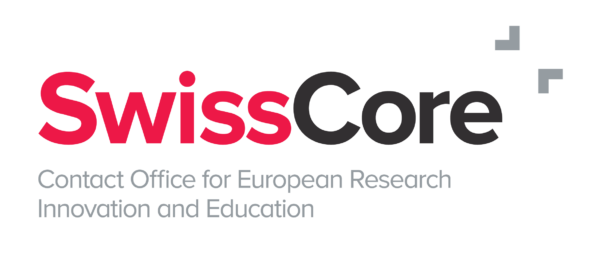Two reports on European education systems representing formal and non-formal learning have been published.
Eurydice, a European network providing information on education systems and policies, published the yearly report on the structure of European education systems. The report includes mainstream education from pre-primary to tertiary level for the 2018/19 school and academic year. 43 education systems are covered by the report including all member states of the European Union (EU), Albania, Bosnia and Herzegovina, Switzerland, Iceland, Liechtenstein, Montenegro, Norway, Serbia, the former Yugoslav Republic of Macedonia and Turkey. Schematic diagrams for these countries are provided which reveal three main organisational models of primary and lower secondary education, thereby showcasing the most representative system in each country.
A publication from the European Parliamentary Research Service (EPRS) covers a different aspect of education: the non-formal learning in the 28 EU member states (Switzerland not covered). This briefing concentrates on adult learning, its access and validation. By 2020, the EU targets 15% of adult participation in education and hereby focuses on programmes that impart initial education or update skills. The EU’s 2020 education and training strategy states that every adult should have the opportunity to learn and train, to obtain and maintain a job or to progress in a career.
In December 2016, the Council adopted a recommendation on upskilling pathways which now runs as an initiative for EU member states only. Its aims are to support adults to acquire a minimum level of literacy, numeracy and digital skills. Furthermore, adults are encouraged to acquire a broader set of skills by progressing towards an upper secondary qualification or equivalent. The transition to further learning is sometimes hampered by a lack of qualification: As the EPRS publication shows, in 20 EU member states, adults need to have completed lower secondary education before they can progress in the upper secondary level. However, alternative routes to higher education can be provided which is the case in 7 EU member states. Programmes with modules and credits are an example therefore.
Data collected in the 28 EU member states reflect that 66% of companies employing between 50 and 249 employees offer training at work whereby a positive correlation between company size and opportunities is measured. It is noticed that mostly enterprises fund continued vocational training whereby the possibility of public contribution, to back up the policy priorities, exist.
Concerning the validation within the EU, it can generally be said that it is on the increase in non-formal learning. With validation procedures, responsible authorities can certify skills and knowledge that individuals have developed in their profession. Data show that EU member states have different approaches to the validation procedures: Some member states’ arrangements are on the national level and bring the sectors of the education system, the labour market and the organisations together. Other member states organise their validation procedures along these sectors.
Additionally, Cedefop provides a European database on validation of non-formal and informal learning that includes Switzerland. By combining Cedefop’s European guidelines for validation of non-formal and informal learning with the European inventory on validation, the database allows an overview on how European countries develop and establish validation arrangements. Based on a Council recommendation on the validation of non-formal and informal learning, the inventory was created and updated in 2016. The recommendation encouraged EU member states to put in place national arrangements for validation soon.

